Transparency is a small item that every household keeps. It has a wide range of uses, but its role in film and television dramas is still unexpected. The movie “Skyscraper Rescue” tells the story of a fire in a 240-story building in Hong Kong. The security officer Will leaned on a bundle of ropes and a roll of tape to climb a tall building to save his family. The tape in the film is very popular, not only letting prestige He completed the feat of anti-gravity leaping from bottom to top again and again, and even wounded with tape wrapped around the wound and kicked in all directions after the injury, which was like a panacea. These effects of transparent glue can’t be imagined in our daily life, but don’t be busy exclaiming “too magical”, the tape has even more unexpected uses.
Click here to see show adhesive tape be used to do pixel-like artwork
Tape can also be used this way
X-ray examination is now a common medical diagnostic method. Basically, every inpatient must be checked. The hospital needs to use a large instrument to generate X-rays, but scientists have found that our commonly used transparent tape can also produce X Light!
Researchers at the University of California in the United States did such an experiment. They used a machine to pull out ordinary transparent tape at a speed of 3 cm per second in a vacuum environment. The instrument placed around the tape detected a large number of X-ray pulses on the tape And released from the reel. When the researcher put his finger close to the tape, these X-rays could also give him a clear image of the bone on the film, just like the X-rays we took in the hospital.
Why can the pulled tape produce X-rays? The researchers believe that the principle is similar to the common X-ray machine, which is the result of the sudden release of high-speed electronic energy. When the tape was pulled apart, the electrons on the surface of the reel burst into the adhesive surface of the tape. When the impact occurred, the speed of the electrons suddenly slowed down and X-rays were released. However, the number of these electrons is not as much as that of the instruments used in hospitals, so this phenomenon can only be detected in a vacuum environment, which we do not have in daily use.
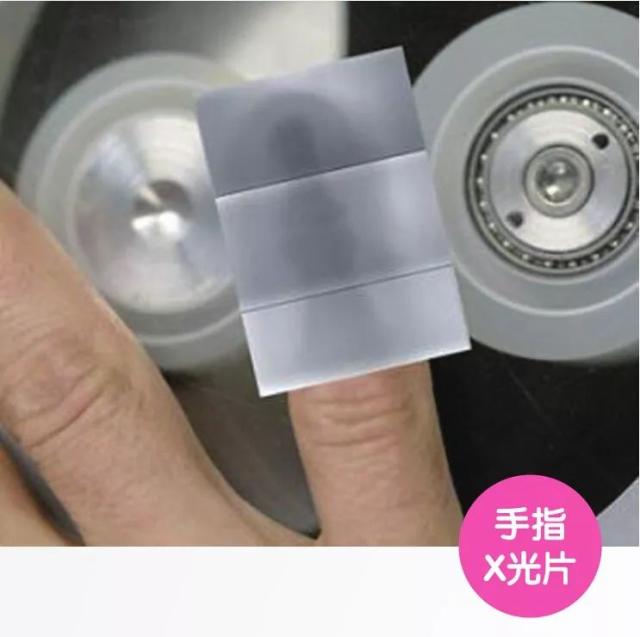
But this discovery still surprises us. If there is enough tape, can we get cheaper X-rays? X-ray machines that are commonly used now require a lot of power to provide a high-pressure environment, but the X-rays provided by the tape do not require power and only require human operation. Just like pulling the tape when we fly the kite, the tape is also cheap.
Everyone must have played the “grab doll machine”, as long as you put coins, you can get a chance to manipulate the metal claws to grab the doll, but have you seen the “claw” made of transparent tape? Researchers at Purdue University in the US did such a “paw.”
The researchers used a laser to cut the tape to one-tenth of its original thickness and a length of half a centimeter. When these tapes are placed in water, the thin “tape fingers” composed of four tapes will become a tiny “paw” , This paw can catch water droplets. Why does the tape shrink into claws when placed in water? This is because the smooth side of the tape has strong water absorption, and it will bulge after absorbing water, while the sticky side is the opposite. It will shrink after absorbing water, so that the tape opens into a claw that can grab water.
How to lift the paw after catching the water? The researchers coated magnet nanoparticles on the “paws” so that the magnets can be used to “lift” the water to obtain the “water dolls” they caught. The “tape paw” operation does not need to provide any energy. It can grab one tenth of a milliliter of water at a time. This is very helpful in laboratory studies that require strict quantification, such as water sample analysis. Maybe We can see the figure of “tape paws” in sophisticated laboratory equipment.
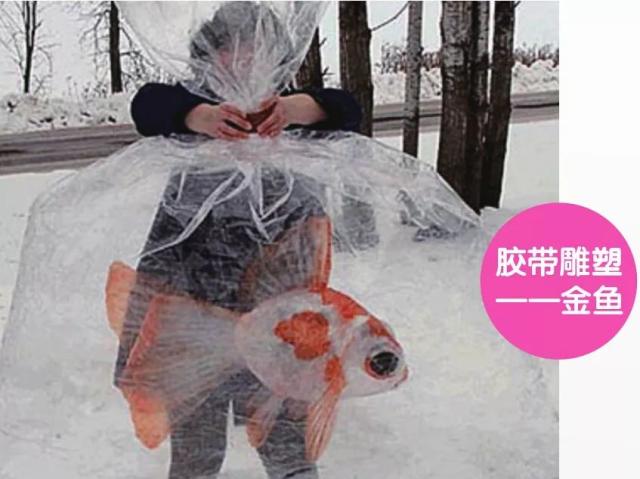
The stickiness of the tape can not only grab water drops, but also make sculptures! We often see sculptures, whether they are lifelike award-winning works in the competition, or sculptures that decorate the streets, these works are usually carved with plastic, metal or wood, but did you know that there is also a tape sculpture competition in the United States? .
This competition is called Scotch Off the Roll, which can be translated as “tape rolls off quickly”, because this is a competition that aims to make sculptures with waste tape on express packaging, and promotes the concept of environmental protection. The competition started in 2011, and the first place can get a prize of $ 5,000. The entries are very attentive, not only have statues of characters that show the story, but also large buildings like the Eiffel Tower. If you also have a lot of waste tape at home, you might as well make a sculpture craft by yourself.
The Nobel Prize also has credit for tape
I believe that everyone has the experience of using tape to pick up the hair balls and hair on the clothes. This is also one of the magical uses of tape. But do you believe that this usage of tape has also produced the Nobel Prize! In 2010, the Nobel Prize in Physics was awarded to the British scientists Geme and Novoselov who extracted graphene. In the story of Geme, he can extract graphene without the help of transparent tape.
Graphene is a nanomaterial composed of carbon atoms. Many layers of graphene are stacked together to form the main component of our pencil, graphite. The pencil gently scratches on the paper, and the traces left include several layers of graphene. However, the characteristics of graphene are very different from graphite. Graphite is very soft, but the hardness of graphene is higher than diamond. It is currently the best known material for thermal and electrical conductivity. The high-speed transistors it manufactures can make computers More efficient.
But graphene is not easy to obtain. Gaim provided his students with a graphite material of very high purity, which is usually used for analysis, and asked him to use a polishing machine to make the thinnest possible film. But the results are not ideal. The polishing machine can only get 10 micron thick graphite sheets, which is equivalent to 1000 layers of graphene. But what people did not expect is that the problems that cannot be solved by advanced instruments, but a small transparent glue did. Gemme thought of a “soil method”. He stuck the graphite sheet on the transparent tape, so that a graphite layer would be stuck on the tape. Then use the blank tape to remove the tape with the graphite layer, so that the graphite layer becomes thin again. Repeat this many times, until the graphite layer on the tape is only equivalent to one carbon atom thick, the graphite layer becomes graphene. Until now, this method and its principle are still one of the important ways to obtain graphene.
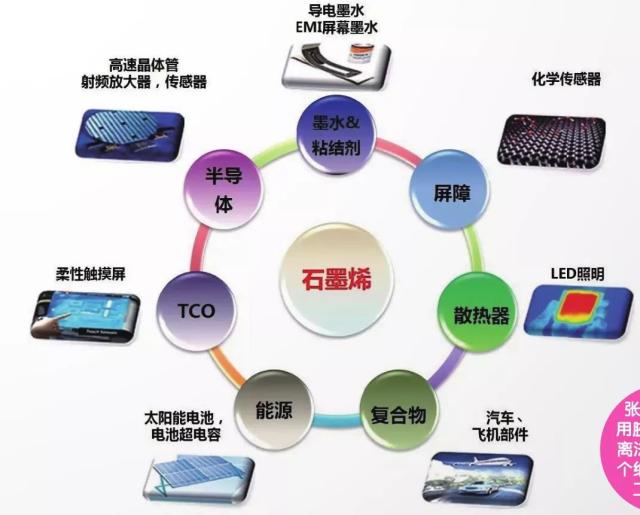
This method also brought inspiration to later people, such as the preparation of black phosphorus. Black phosphorus is an allotrope of phosphorus, which is a two-dimensional crystal formed by stacking a single layer of phosphorus atoms. The biggest difference between it and graphene is that black phosphorus is a strange semiconductor. In general, black scale has a very weak conductive ability, but when there is enough energy, the conductive ability will advance rapidly, which means that this semiconductor can be used in digital circuits. There are two states of on and off, which can be used for computer data transmission. Black phosphorus is also an important material for making photoelectric devices (such as photoelectric sensors) in the future. Professor Zhang Yuanbo of Fudan University used the tape stripping method to obtain black phosphor crystals for the first time.
Maybe there will be a more economical way to obtain monoatomic materials in the future, but the role of tape in the process of obtaining graphene and black phosphorus will also be remembered forever.
Is tape so amazing?
There are so many magical applications of tape, is it the magic that the manufacturer has exerted? Of course not. In fact, the idea of the invention of the adhesive tape is unbelievably simple.
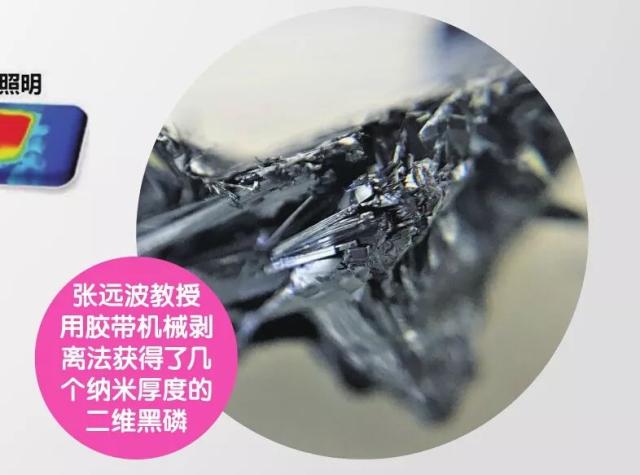
Drew, the inventor of the tape, worked at 3M, and he was a sandpaper researcher. One day when he sent a sample of sandpaper to a customer’s car manufacturer, he heard the worker complaining about the problem of coloring the boundary of the two colors when applying the two-color paint to the car. When one paint is finished, another color is required. When painting, use thick sandpaper to cover the painted part, and then apply another color, but when the sandpaper is removed, the rough sandpaper will wear away the painted paint. This problem inspired Drew. He wanted to use sandpaper to prevent paper from shifting, but the abrasive particles on the sandpaper would damage the paint. If the abrasive material of the sandpaper is replaced with adhesive glue, use such adhesive paper on the car. Does it cover the paint that has been applied on it?
But his first attempt was not so ideal. The first tape was not very sticky. Painters always shifted when they used it. They complained several times that Drew “use more glue for the tape, do n’t be so stingy. “It is said that the name of the tape in English means stingy, and it is from this. Drew was not discouraged. He experimented with everything from vegetable oils to natural gums that could be used as glue at that time. Finally, he chose a synthetic rubber glue as a raw material. The matrix paper was also changed from sandpaper to the company’s newly invented cellophane. , And finally made the transparent tape that we usually use now. Since then, Scotch tape has demonstrated its unparalleled charm, and manufacturer 3M claims that the products sold each year are enough to circle the earth 165 times.
You see, is the invention of Scotch tape not complicated? However, the glue that has been produced is combined with cellophane to make the non-sticky cellophane sticky, and it becomes a “bandage” that can repair damaged goods. Another example is a match, which is made by sticking combustible substances such as paste sulfur and potassium to a small wooden stick with a gum. A paper clip is just a small ring of wire made into a double-ring curve, and a spring, when When it is twisted from a straight wire into a spiral ring, no one can imagine that it will obtain such a strong elasticity. Now almost all mechanical bodies have its figure.
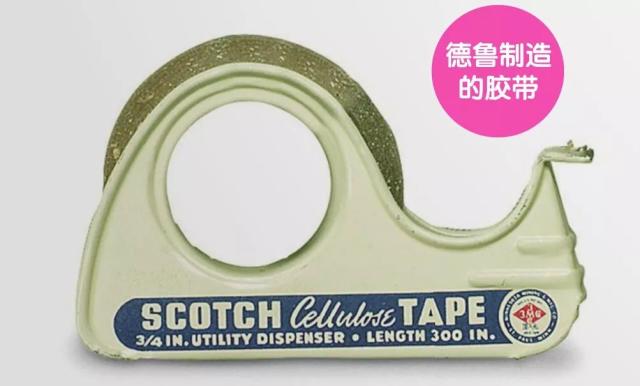
But how rare is this kind of creativity. Before these little things are invented, no one can imagine that they will have such a huge effect and vitality. Obtaining inspiration and creativity is a matter of a moment, and this is something you can’t meet. But more important than getting inspiration, if you are fortunate to get a flash of inspiration, even if your creation encounters setbacks, don’t give up easily. Sticking to your own ideas and constantly trying to improve is the ultimate magic weapon for success.

